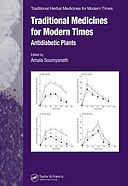P.L. Owen, T. Johns
Pharmaceutical Biology 40(5): 347-357. (2002)
Dietary and medicinal phytochemicals may contribute to the reportedly low incidence of cardiovascular disease (CVD) among Tibetan highlanders, despite elevated hematocrit levels and a diet high in saturated fat and low in fruits and vegetables. Antioxidant activity was measured in 14 plant species most commonly incorporated in Tibetan medicines prescribed for the treatment of cardiovascular related disease according to indigenous pharmacopoeias. Methanol extracts of Terminalia chebula, Syzygium aromaticum, Aquilaria agallocha, Santalum album, Amomum subulatum, Justicia adhatoda and Myristica fragrans displayed strong free radical scavenging activity using the 1,1-diphenyl-2-picrylhydrazyl (DPPH) radical. These plants were further partitioned into a hexane, chloroform, ethyl acetate, and water fraction, and re-tested with DPPH assay. Fractions displaying strongest activity were examined in vitro for their ability to protect human low-density lipoprotein (LDL) from Cu 2+ – catalyzed oxidation measured using thiobarbituric acid reactive substances (TBARS) production and formation of conjugated dienes. The hexane fraction of S. aromaticum displayed an ability to reduced LDL susceptibility to oxidation (1339.96 ± 7.01 min lag time) three-times longer than Trolox ® (431.02 ± 21.9 min lag time), a hydrophilic analog of a-tocopherol. Approximately half of all plants included in this study contained fractions that displayed significant antioxidant activity. Our results suggest that these spices and medicinal plants may provide a therapeutic benefit towards CVD prevention and treatment, and reinforces the merits of traditional Tibetan medicine.


